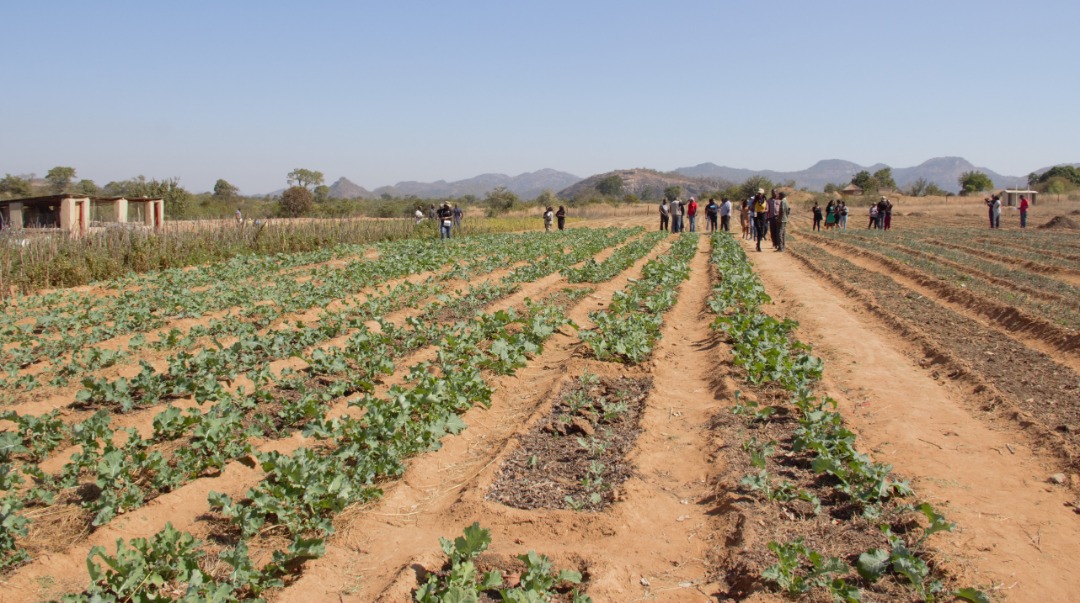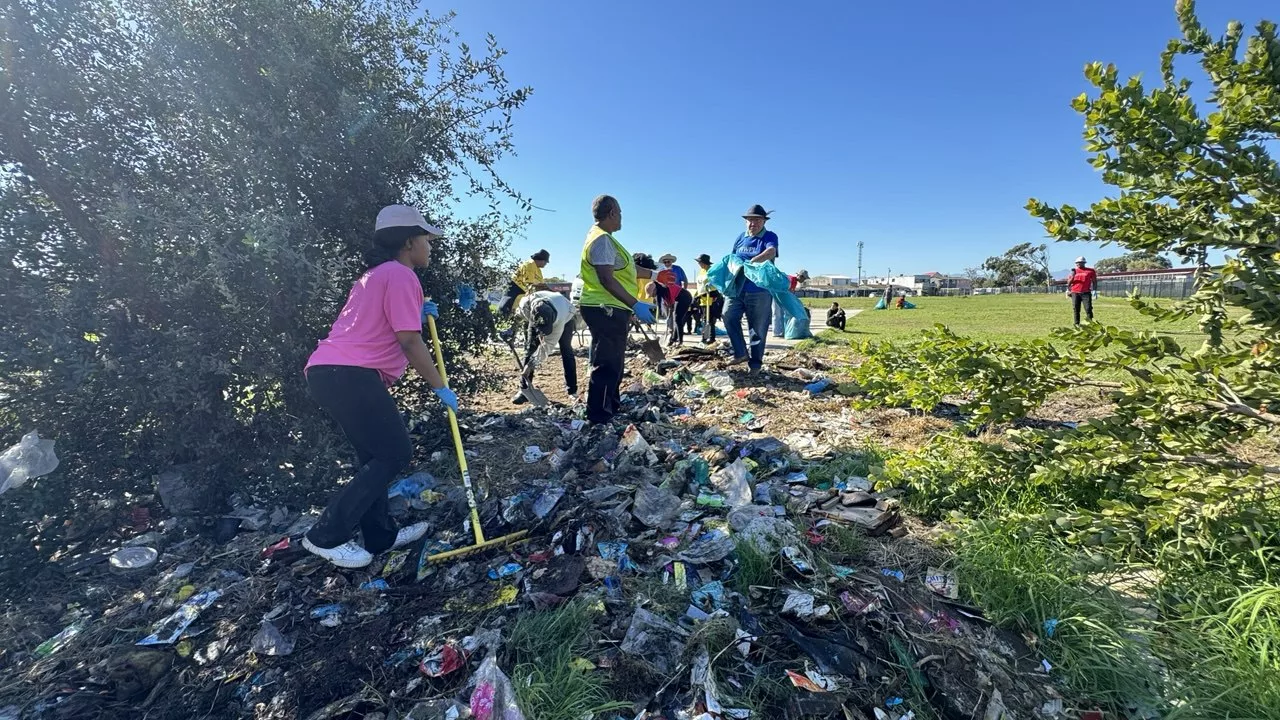By Byron Mutingwende
United Nations agencies of the Food and Agriculture Organisation (FAO) and the World Food Programme are implementing projects to ensure food security in communities in the drought-prone Masvingo Province.
WFP Food Assistance for Assets (FFA) Project
Courtesy of a United Nations in Zimbabwe organised media tour, this publication visited the Chebvute area located in Tadzembwa Village, Ward 17 Masvingo Rural District. The area lies in Natural Region 4 and experiences erratic rainfall inadequate for any meaningful agricultural production. The area has for a long time been targeted for food assistance by Government and humanitarian organisations, working to avert chronic hunger.
It was noted that the first community attempt to construct the Chebvute weir was in the year 2000. The attempt was led by the then headmaster of Mapakomhere Secondary school. Proposals were written to Masvingo Rural District Council and a private Engineer pegged the dam site. For 17 years, no other efforts or funds were channelled towards the project. A group of 28 community members constructed a 0.2Ha garden less than 5 meters from the current weir site and started gardening activities as a cooperative. The cooperative is still functional but all the 28 community members have been incorporated into the WFP Food Assistance for Assets (FFA) project.
FAO implemented Smallholder Irrigation Support Programme (SIP)
A Synopsis of Stanmore B Irrigation Scheme, Masvingo District, Masvingo Province
Stanmore B Irrigation Scheme is located in Masvingo District of Masvingo Province, 30km East of Masvingo City. The smallholder farmer-managed irrigation scheme lies in agro-ecological region IV characterised by very low and erratic rainfall. The semi portable irrigation system pumping plant and the infield infrastructure were in a state of disrepair and was not operating in 2014. The scheme applied for support under the FAO implemented Smallholder Irrigation Support Programme (SIP) and was selected as one of the 34 schemes to be rehabilitated across Masvingo, Manicaland and Matabeleland South provinces.Feasibility assessments were carried out and they informed the design of the irrigation system.
The FAO-Smallholder Irrigation Programme led to the construction of a pump house and installation of pumping unit at Stanmore B. FAO also installed a new pipeline. It repaired and replaced leaking pipes, hydrants, gate valves and hoses. The UN agency installed a perimeter fence, drilled and equipped one boreholes for portable water, built three double squat hole toilets and constructed a scheme shed at a cost of US$5 620.
FAO carried out a number of capacity building initiatives for the farmers at Stanmore B Irrigation Scheme. There was a Training of Trainers programme for the Agritex Extension Worker and Supervisor on Farming as a Business (FaaB), Agronomy, Good Scheme Governance and Operation and Maintenance of the irrigation system.
It also facilitated the training of farmers and the Irrigation Management Committees on FaaB, Agronomy, Good Scheme Governance and Operation and Maintenance of the irrigation system. Of great importance was the deployment of the FAO Farm Manager for enhanced day to day management of the irrigation scheme. The farmers also developed cropping calendars, crop budgets, and training manuals.
There was also the brokering and strengthening of agricultural finance, input and output markets linkage relationships with public and private sector players. Value Chain Analysis and Agro-processing surveys were also undertaken and Irrigation Engineers and a Technician from the Department of Irrigation attached to the irrigation scheme were trained. The Department of Irrigation was equipped with consumables, tools, equipment and a vehicle used to provide support to all irrigation schemes in the program.
The project registered key milestones and sustainability prospects. It resulted in improved household socio-economic status. In addition to being food secure, some of the farmers have drilled boreholes for clean drinking water, paid off school fees for their dependents whereas others (2) bought cars using proceeds from the irrigation scheme.
Enhanced irrigation management structures are now in place. The improved irrigation scheme governance is a driving force for the sustainability of smallholder irrigation schemes. FAO adopted the lead farmer approach to demonstrate and influence effectiveness of farmer training and adoption of improved technologies.






